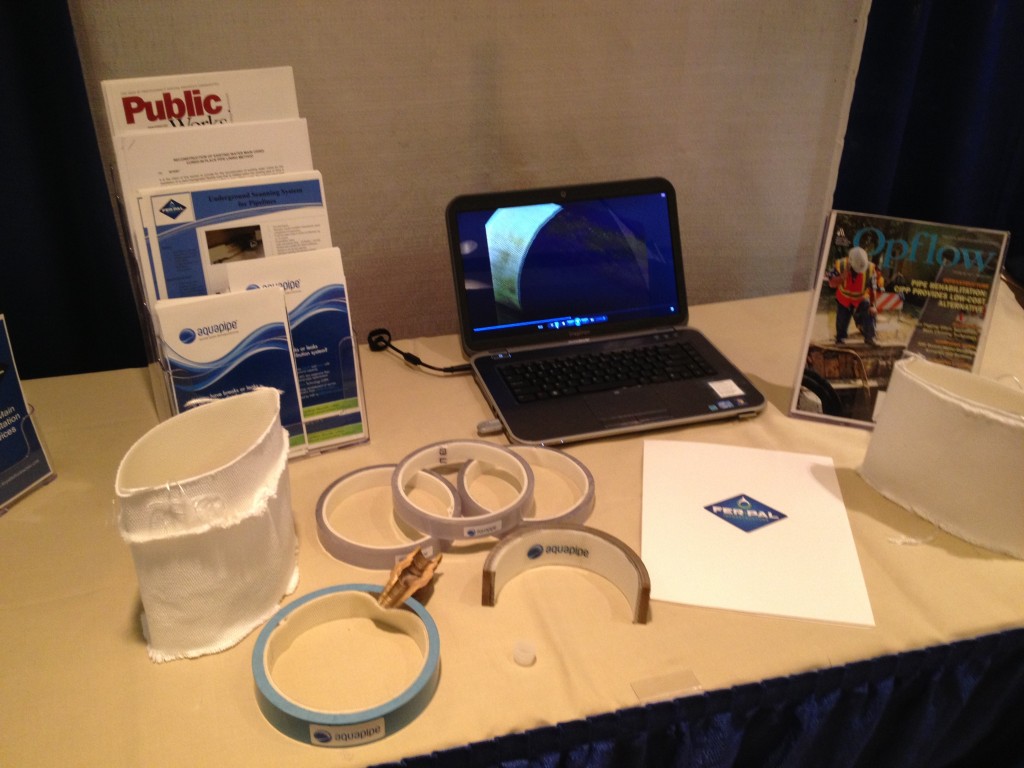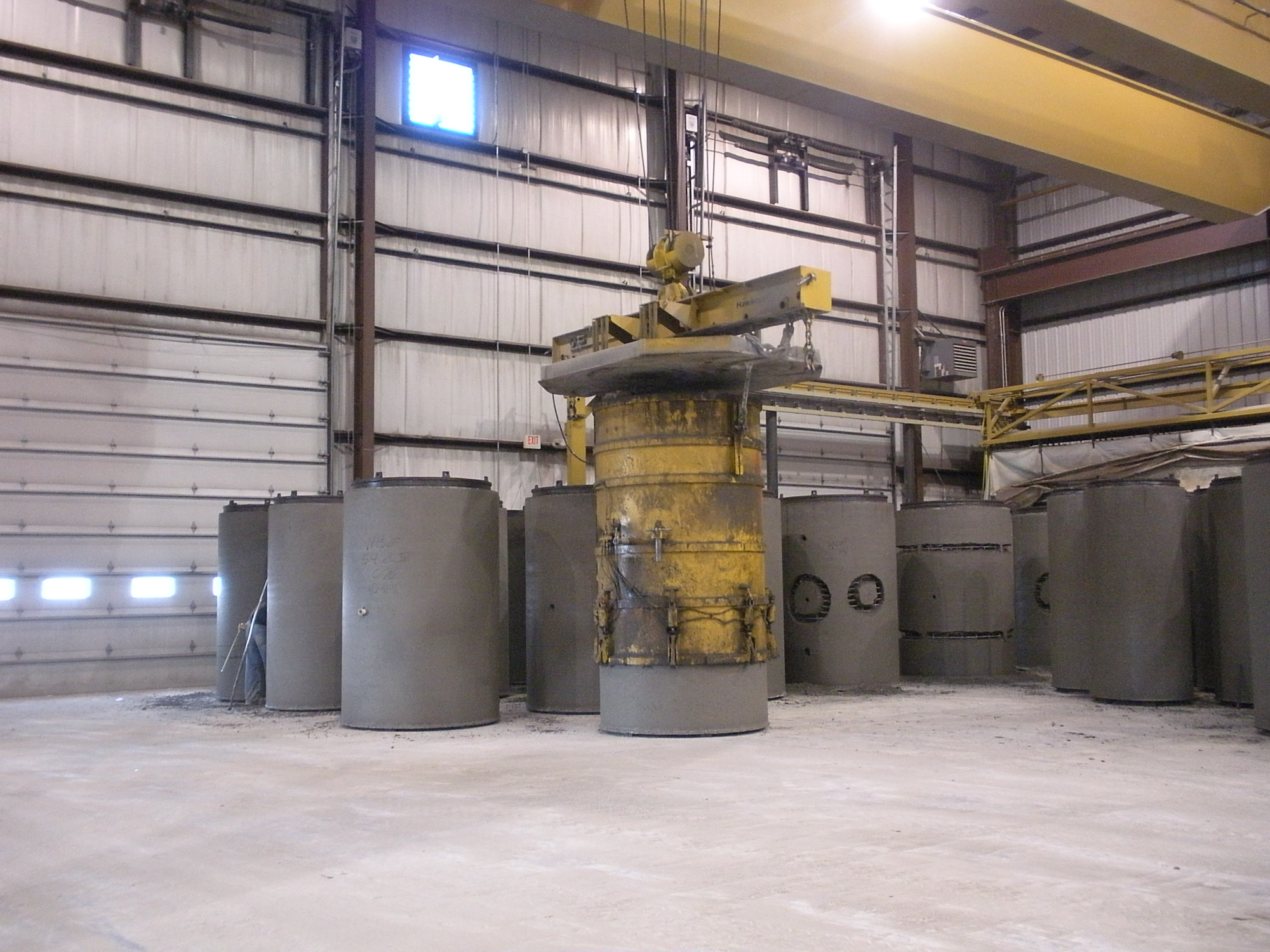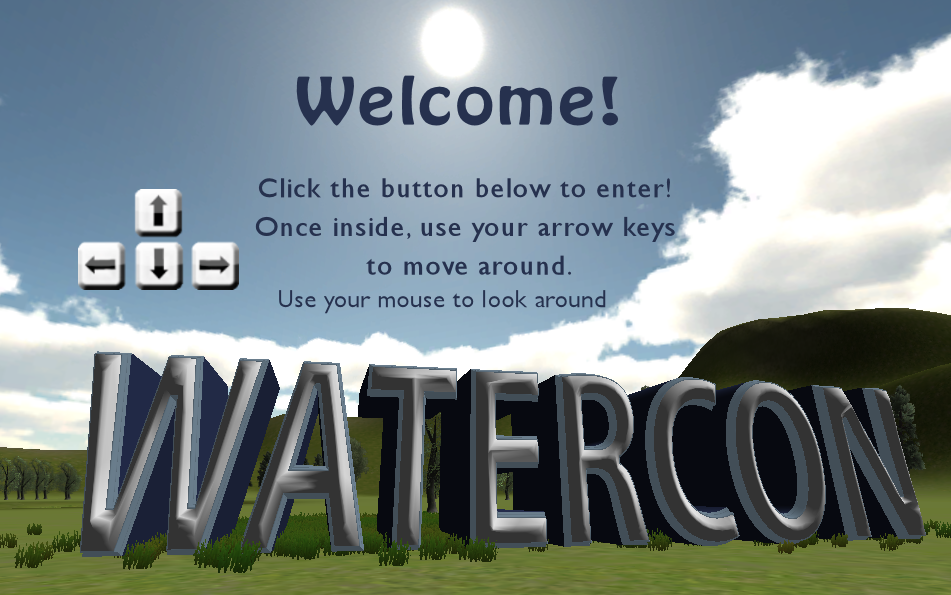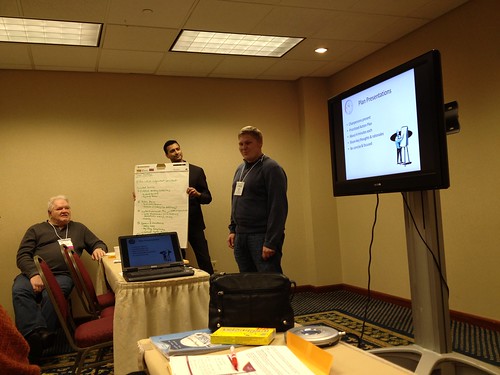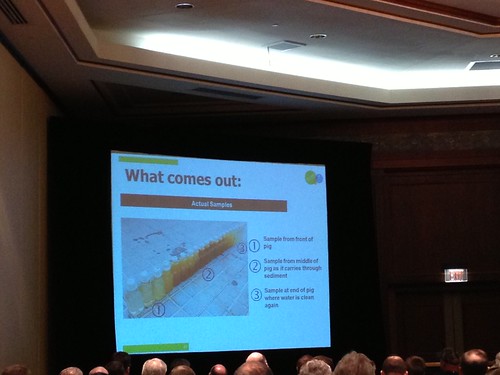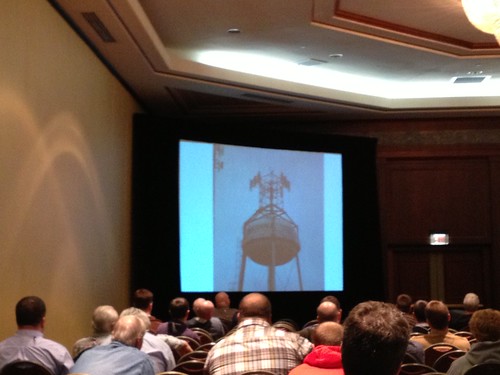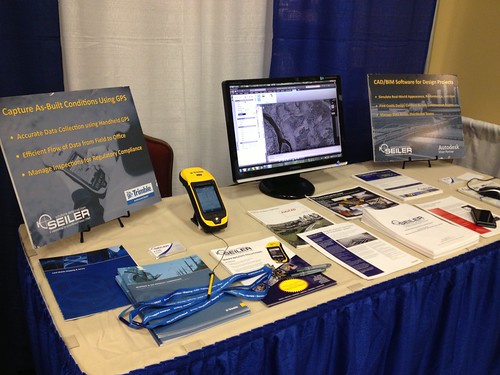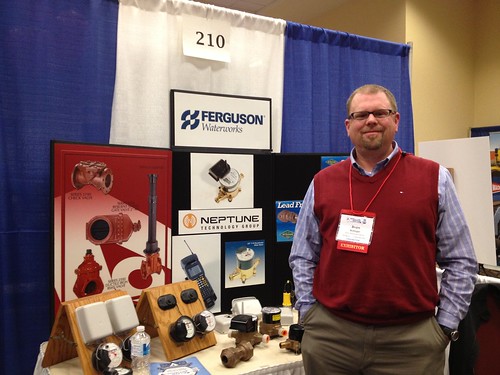Yesterday was the opening day of WATERCON 2013 in Springfield, Ill. – a four-day event focusing on all things water in Illinois. We were told yesterday at the business meeting that 1,400 people had registered for the conference; this number was 10% over last year's registration. It's not surprising the number is growing – the sponsoring organizations have worked hard to create a dynamic event attended by, based on all the familiar faces yesterday, everyone in the water industry in this state. I didn't have a lot of time to chat between sessions and vendor visits, but I did get a few minutes to talk with people from Stanley Consultants, Engineering Enterprises, Seiler Instrument, the City of Robinson, the City of LaSalle, the City of Ottawa, Carus, RJN, Trotter and Associates. Hopefully I can get to their exhibits and find out more about what they have been working on lately.
Because ISAWWA arranged for @AbbyMPC and I to promote the event online, I was able to live blog most of the sessions I attended yesterday. These and the others that I will live blog over the next couple days can be found at the link below:
WATERCON Live Blog Site
The blogs are archived so you can also view them by clicking on the titles shown on that site or below:
Sludge Thickening in Centrifuges and Gravity Belt Thickeners, a Comparison between MWRDGC Facilities
Formation of a Stormwater Utility in Illinois – Is it in your Future
Developing a Municipal Stormwater Utility Key Elements and Case Study Example
Envision: A Rating System for Sustainable Infrastructure
Digester Foaming Case Studies
Save Time and Money with JULIE's GIS product
Fortunately I was able to still find time to talk with a couple vendors; today I hope to visit even more. Below is a brief summary of the information they shared:
PULSCO, Inc. – Hydropneumatic Surge & Pressure Control
Stopping by and talking with the representative from PULSCO helped me learn why I saw no elevated water towers when I was in England years ago. He said the midwest is the main area in the world where communities rely on elevated water tanks – other areas, like England, use hydropneumatic systems instead of towers to maintain surge and pressure control. He said the hydropneumatic tank in the PULSCO system can also minimize water hammer. PULSCO will work with design engineers to evaluate a hydropneumatic systems for communities. The parameters they need for this are the operating pressure of your system, the desired tank volume, information about your pumping system, and specific requirements of the hydropneumatic tank such as orientation, inlet/outlet connections, paint and lining.
If you stop by their booth, they have a well-written handout explaining how their system responds to water hammer. And they have a handy little wheel to help you quickly figure out delivery times of product or material.
Fer Pal Infrastructure
The other vendor I visited with was Chris Van Wormer who is a business development manager with Fer Pal Infrastructure. The company specializes in watermain rehabilitation using trenchless technology. They use Aquapipe, a cured-in-place liner that seemed very similar to what is used in sewer lining except it is approved for potable water applications. They even handle service connections the same way as a sewer lining project with the use of a robot that drills open each corporation connection after the lining is cured. Van Wormer said the material also has some structural capacity and has been used successfully for the past 12 years in Canada and many states including Minnesota and Michigan. If you visit their booth, you can watch a short video showing the installation process, and you can see samples of the material.
